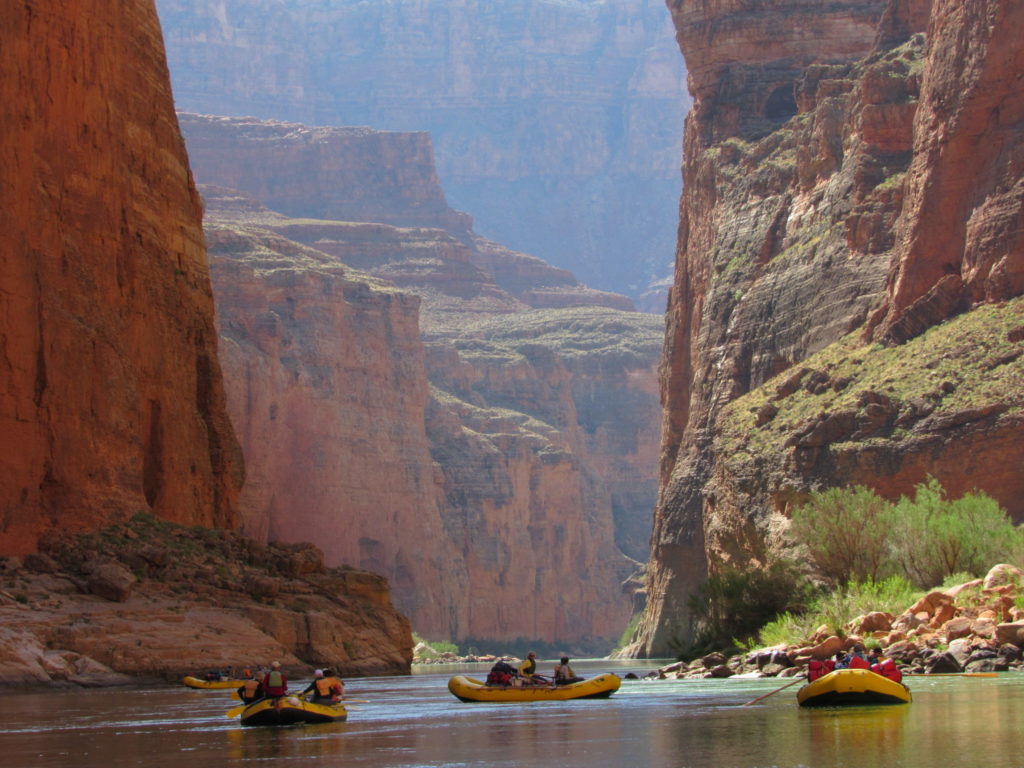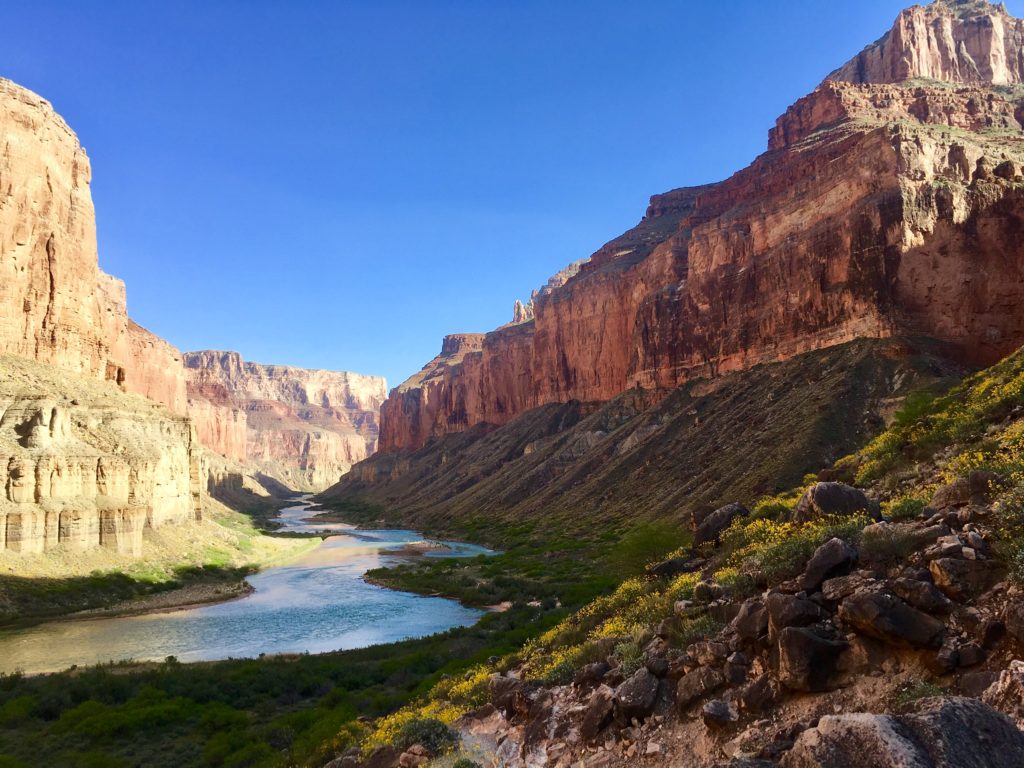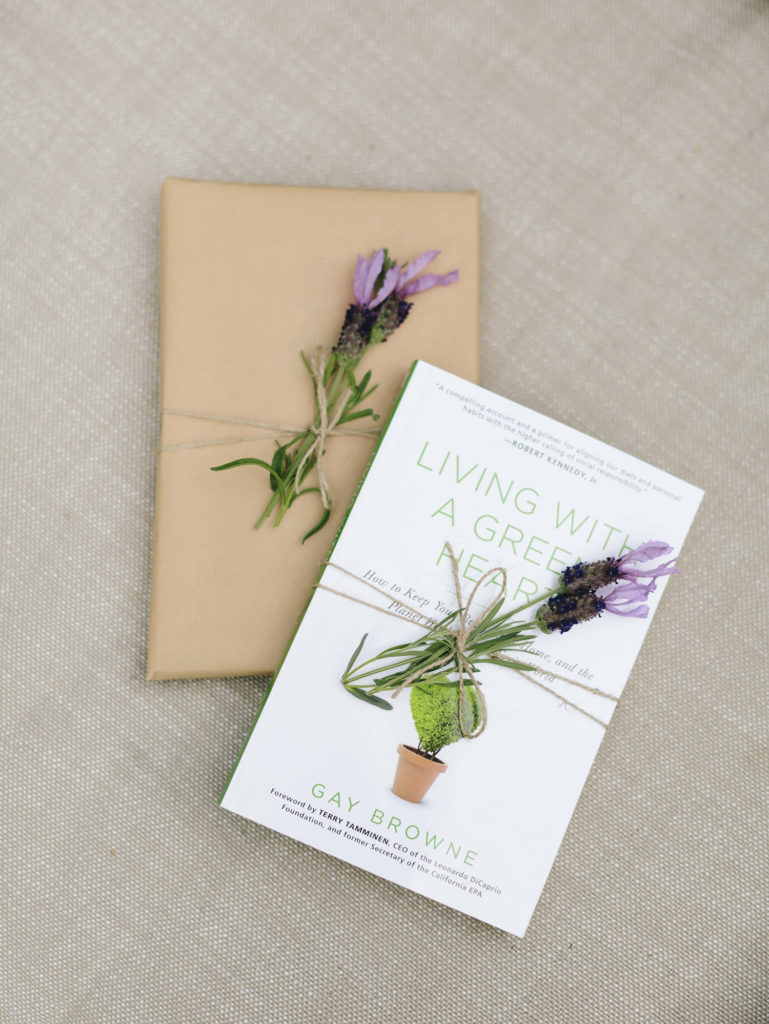
THE ELEMENTS:
EVERY LIVING HUMAN BEING and animal on the planet needs air, water, food, and shelter to survive. The quality of and access to all of these requirements for life will decide how long and in what condition we will live. These shared elements are part of what’s called the global commons, the Earth’s shared natural resources. These resources have been heavily taxed over the past century due to industrial innovation and a growth in population. For all of us to survive and thrive on the planet, it is critical that we stop thinking just about ourselves and think about the others in our community and how we can better share these resources without further depleting them to the point of exhaustion. Living this way requires us
to raise our level of consciousness and develop the self-discipline to act less selfishly. Without slowing our consumption way down, the quality of life as we know it will drastically change

The Air That You Breathe
I choose to inhale and exhale clean air.
I have always suffered from asthma. As a child, my asthma attacks terrified me. I can remember being cradled in the arms of my parents all night long, each of them taking turns sitting in the rocking chair as they tried to calm me, encouraging me to take sips of water because they had given me all the asthma medication I was allowed for the day. What sticks in my memory most, beyond the terror of not being able to breathe, was the feeling of being loved unconditionally by my parents, how much I hated having asthma, and how I wanted to kill whatever was causing the attacks so I could go on with my life.
Asthma continues to be an unwelcome intruder in my life—as it is in the lives of twenty-five million Americans. Dust, mold, freshly cut grass, certain types of pollen, and cold or flu season can trigger it, as can a perfume or heavily polluted air. I can’t get rid of my asthma, but I do my best to control both the indoor and outdoor air that I breathe. This means avoiding prolonged exposure to environmental allergens whenever possible and taking the steps that I will outline in this section.
You don’t have to have asthma to suffer the effects of poor air quality. Asthma is just one of many afflictions that are caused or exacerbated by unsafe and poor-quality air.
Water Is Life
I choose to drink clean water.
Every July from ninth grade through my sophomore year in college, I traveled north from Kentucky to the Boundary Waters where Ontario straddles the Minnesota border for a canoe trip. My companions were a group of kids led by my high school history teacher, Tom Grunwald. Waking up in Minnesota to the sun filtering through the tall pine trees and the smell of clean, sweet air after driving all night in a van was a welcome escape into the magic of the outdoors. As someone who’s always suffered from asthma, these trips were nature’s medicine for me.
What sticks in my memories the most is the water. Strapping on our backpacks and loading into our canoes and then pushing off into the Finger Lake of the Boundary Waters was like slipping into a new life. Each time we did it, I was able to wash away all the conflicts of home as I dipped my wooden paddle into the smooth surface of a lake.
The region we canoed, known as the Quetico, was a spectacular, untouched patch of wilderness with breathtaking vistas and the most pristine waterways I’d ever seen. The lakes were so clear and clean that we were able to take out our tin cups and drink the water from any place on a lake. The water was so pure, like nothing I had ever tasted before!
One summer in the late 1970s, the forest ranger told us that there were troubles in the water. Pollutants were floating around the edge of the lake, and the fish population had decreased. He explained that wastes from chemical plants had made their way into rivers and streams and that flushing unused medications down the toilets had resulted in low levels of antibiotics, hormones, and steroids polluting the water and harming fish. This news incensed us all. Our fresh, clean drinking water was being polluted! Instead of having the freedom to drink water from wherever we wanted on the lake, we were told we had to gather it from the center of the lake, where it was “generally safer.”


EMFs
I choose to be in a quiet and creative state of mind every day
I met a woman who told me she slept with her cell phone under her pillow, and she was surprised when I told her that was probably the reason she wasn’t sleeping very well. I explained to her that while technology is a great connector, allows us to stay close with others no matter where they are in the world, and keeps us from getting lost as long as there’s a Wi-Fi connection for our GPS, it does have its drawbacks. What she hadn’t thought about and most of us don’t realize is that technology is also connecting us with increasingly high levels of man-made electromagnetic fields, commonly referred to as EMFs.
EMFs can occur naturally in the environment as a result of the buildup of electric charges that are present after a thunderstorm. We don’t think about them because we can’t see them with the human eye, but these invisible fields are what make a compass right itself. We’ve never had to worry much about the effect they might have on our health because until now the bulk of these EMFs were produced naturally and our exposure was minimal. Technology has changed all that. The introduction of the iPhone in 2007 and the subsequent increase in the use of mobile technology was just the beginning.
There are two types of man-made EMFs. ELFs are extremely low frequency radiation, or alternating-current magnetic fields that are produced during electric power generation, transmission, and use. These fields decline pretty quickly the farther they get from their source, which is why close proximity to a power plant is more dangerous than proximity to the outlet you plug your lamp into.
Living With A Green Heart
“Living with a Green Heart” by Gay Browne is a thought-provoking and inspiring guide for anyone looking to positively impact the planet. Through her own personal journey towards sustainability, Browne invites readers to explore the ways in which our daily choices can have a significant impact on the environment and our own well-being.
With a gentle and encouraging tone, Browne offers practical tips and advice on everything from reducing waste to eating a more plant-based diet. She shares her experiences living a more sustainable lifestyle and her lessons.
What makes “Living with a Green Heart” truly revolutionary is Browne’s emphasis on the connection between environmentalism and personal growth. She shares that by living in harmony with nature, we can improve not only the health of the planet but also our own mental and emotional well-being.
Overall, “Living with a Green Heart” is a must-read for anyone looking to live a more sustainable and fulfilling life. Browne’s passion for the environment and practical advice make this book an engaging and compelling call to action.

